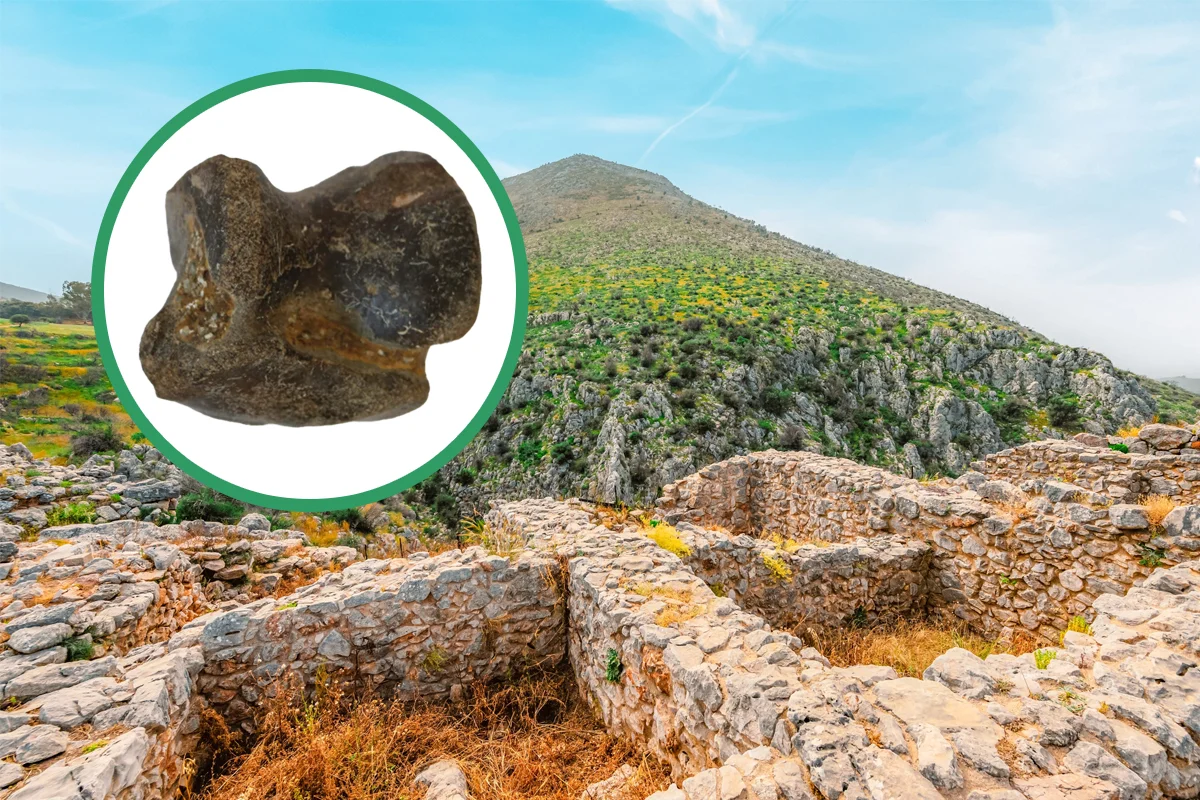A fossilised bone discovered in the legacy collections from the archaeological site of Mycenae represents one of the earliest known examples of ancient fossil hunting.
According to a study published in the journal Scientific Reports, the bone belonged to an Stephanorhinus, an extinct genus of rhinoceros native to Eurasia and North Africa.
Before people understood the true context of fossils, they interpreted them through the lens of their cultural, religious, and mythological beliefs.
In Ancient Greece, the fossilised remains of large animals could be seen as the bones from mythical giants, dragons, or other legendary creatures.
The example described in the study was originally discovered at Mycenae, an ancient city near Mykines on the north-eastern Peloponnese, Greece.
It was found in a deposit of objects placed in a basement store sometime during the 13th century BC. It fossil was originally recovered by excavations in the 1970s, but only recently has the example been analysed at the Mycenae Museum.
Although it is speculated, the paper authors have explored the possible interpretations for what the fossil was collected for.
“It could reflect a contagious magic object that brought luck, religious, and/or mythical essence to a user or situation. This supernatural quality could have been linked to a giant mythical being, much like later associations of fossils with heroes and monsters in Greek historical times,” said the study authors.
The researchers also emphasised the importance of finding a fossil within a secure archaeological context, confirming that fossil hunting in mainland Greece extends back to the Late Bronze Age.
“Our context-based study of the Mycenae fossil provides new insights to characterize early depositional practice with fossils and clarify the timeline of early fossil use in mainland Greece, pushing it back securely to the Late Bronze Age,” added the study authors.
Header Image Credit : Meier
Sources : Meier, J.S., Pliatsika, V. & Shelton, K. The earliest evidence of large animal fossil collecting in mainland Greece at Bronze Age Mycenae. Sci Rep 14, 19158 (2024). https://doi.org/10.1038/s41598-024-68778-w





